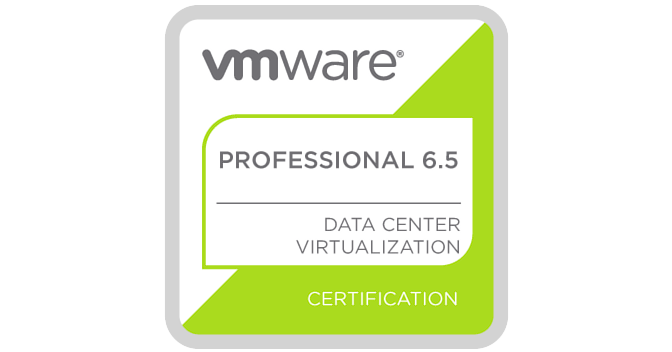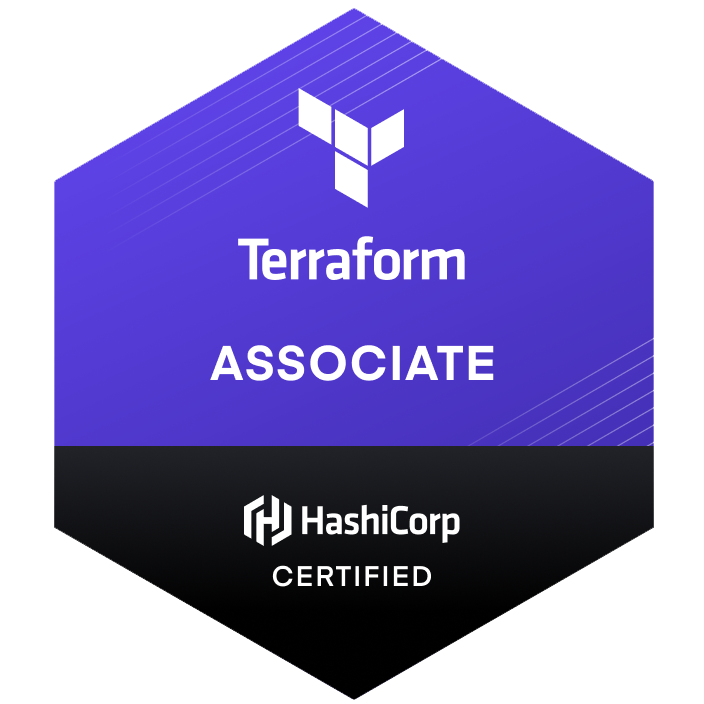Introduction
In the world of Infrastructure as Code (IaC), Terraform stands out for its simplicity and efficiency in managing and provisioning infrastructure. Central to its functionality are Terraform variables, which play a pivotal role in making your infrastructure code more flexible and reusable. This comprehensive guide delves into the intricacies of Terraform variables, offering insights into their best practices, dos and don'ts, and practical use cases.
Understanding Terraform Variables
What are Terraform Variables? Terraform variables are elements within Terraform code that represent values. They enhance the modularity and reusability of your code by allowing parameters to be passed externally or defined within the code.
Types of Terraform Variables
- Input Variables: Defined by the user; they can be customized each time Terraform is run.
- Output Variables: Used to retrieve information about the infrastructure, like IP addresses or DNS names.
- Local Variables: Defined within a module to simplify expressions and enhance readability.
Use Cases of Terraform Variables
- Environment Management: Define variables for different environments like staging and production, allowing for seamless environment switching.
- Resource Configuration: Customize configurations for resources such as VM sizes, disk types, or network settings.
- Dynamic Content Generation: Generate dynamic content based on variable values, such as configuration files or tags.
Best Practices for Terraform Variables
- Naming Conventions: Use clear and consistent names for variables to enhance readability.
- Variable Description: Always use the
descriptionattribute to explain the purpose of each variable. - Type Constraints: Define type constraints for input variables to enforce data types and validate user input.
- Sensitive Data Management: Mark variables containing sensitive data as
sensitiveto prevent them from being exposed in logs or console output.
Does and Don'ts
Do:
- Use
defaultvalues for variables to provide sensible defaults. - Organize variables logically, grouping related variables together.
- Leverage variable validation rules to ensure correct input.
Don't:
- Overuse variables for simple values that are unlikely to change.
- Ignore the use of
localsfor complex expressions, leading to code duplication and reduced clarity. - Expose sensitive data like passwords or secret keys without marking them as
sensitive.
Advanced Techniques
- Dynamic Blocks: Use variables within dynamic blocks to create repetitive structures based on variable inputs.
- Variable Maps: Implement maps for more complex configurations that require key-value pairs.
- Modules and Variables: Pass variables between modules to create modular and reusable Terraform configurations.
Conclusion
Terraform variables are a cornerstone of efficient and effective IaC practices. By following best practices, understanding their use cases, and avoiding common pitfalls, you can significantly enhance the manageability and scalability of your infrastructure code.
















